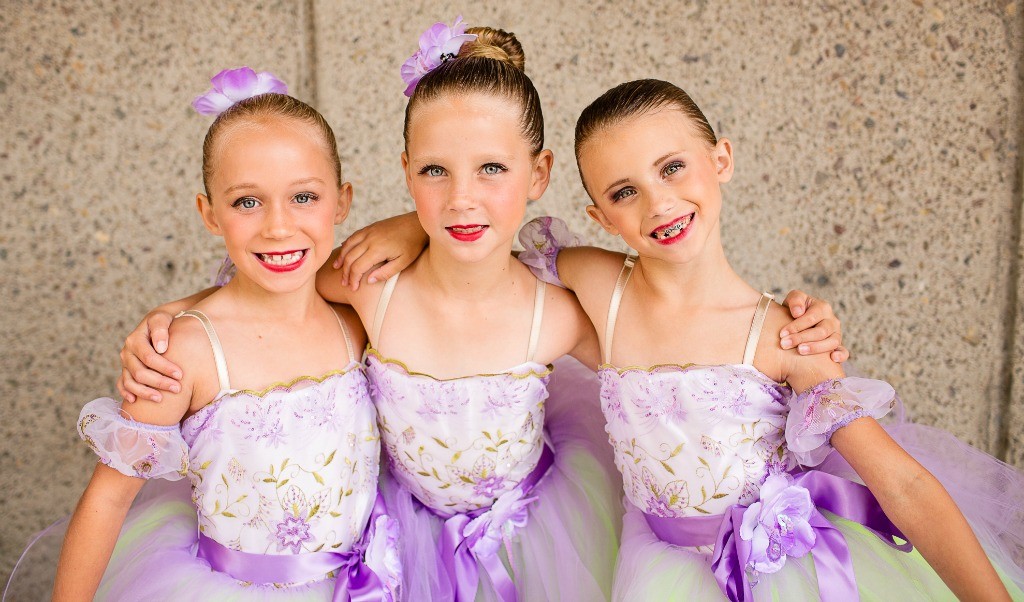By Alex Flanagan
Bullying, back stabbing, drama, the dance instructor possibly being sent off to jail … all the right ingredients for a highly entertaining reality show. In the television show Dance Moms, the producers have exploited negative, over the top, superficial behavior to the max. While it might be fun to watch, the negative stereotypes perpetuated in the show are giving real-life dancers and their parents a bad name.
You’d be hard pressed to find a studio where the teacher might be spending time in the slammer and the moms, looking like they just stepped out of a full hair and makeup session with perfectly blown-out hair and fake eyelashes, sit critiquing, directing, gossiping and undermining every minute of practice. So on behalf of our real life dance parent friends and their kids, we are…..
CLEARING UP 5 MISCONCEPTIONS ABOUT DANCERS (and their moms)
1.99% OF DANCE MOMS ARE NOT AWFUL AND OUT TO GET EACH OTHER. Shows like Dance Moms paint an ugly picture of overly coiffed, self-absorbed mothers who are out for blood and out of control. In reality, the mothers of children who dance are actually just like every other parent supporting their child’s sport or passion. And … oh, most of them get along.
2. DANCE IS A SPORT, NOT A SOAP OPERA. I can’t figure out why or how there is a debate about whether or not dancing is a sport. First of all, if ice skating and gymnastics are sports, then so is dancing. Secondly, sport is defined as an activity involving physical exertion and skill in which an individual or team competes against another or others for entertainment. Have you ever seen a dance competition? It DEFINITELY fits that definition.
3. DANCERS ARE ATHLETES INTERESTED IN BECOMING BETTER DANCERS. While TV shows portray precocious girls enamored with the spotlight, in reality, most dancers don’t want to become actresses or online sensations, like Jojo or Maddie. In fact, most of the young dancers I know would rather one day become a professional dancer. The physical nature of dance is extraordinary and requires intense training and a high level of physical fitness. Dancers do stretch and conditioning classes, pilates, take turns and leaps courses and many also supplement with gymnastics for tricks. Becoming a great dancer takes years of hard work, dedication and practice.
4. PUTTING MAKEUP ON YOUNG DANCERS IS NOT TO MAKE THEM SEXIER OR PRETTIER. The purpose of stage makeup is so that performers can be seen under bright lights. Facial expressions are a huge part of any performance, makeup helps features stand out under blinding lights. It’s the same thing as a child who wears makeup for a theatre show. Can you imagine the Lion King without makeup?
5. COSTUMES SERVE A PURPOSE. Just like make-up, can you imagine the Lion King without costumes? A dance performance tells a story, which can be better told with the help of costumes. What a dancer wears can and should enhance choreography and whether you like it or not, showing the physical attributes of a dancer’s body and the way it moves are an important part of the profession. It’s actually not all that different from football, where young men are required to step out in their underwear on a stage in front of hundreds of scouts so their physical attributes can be evaluated and dissected.
